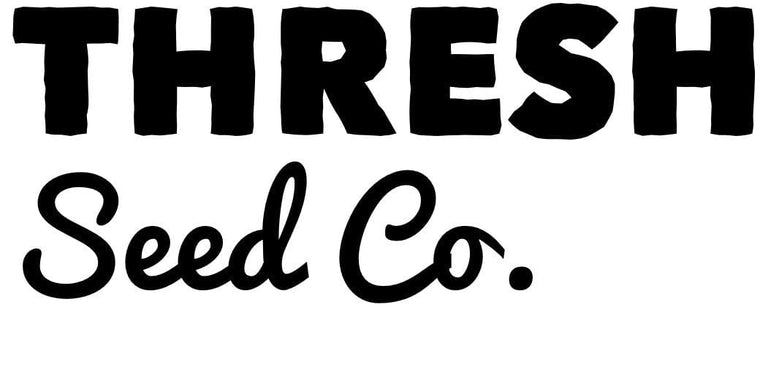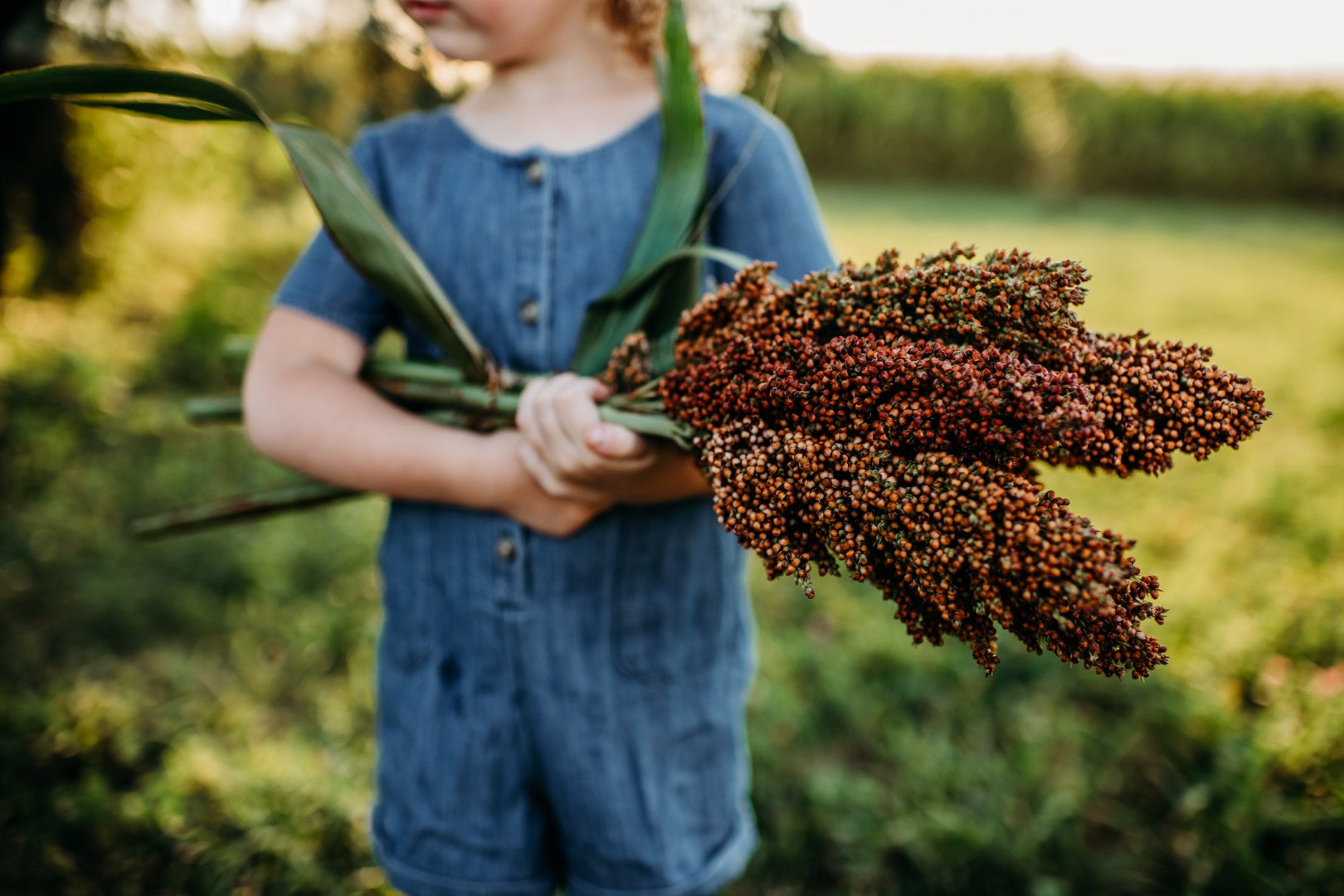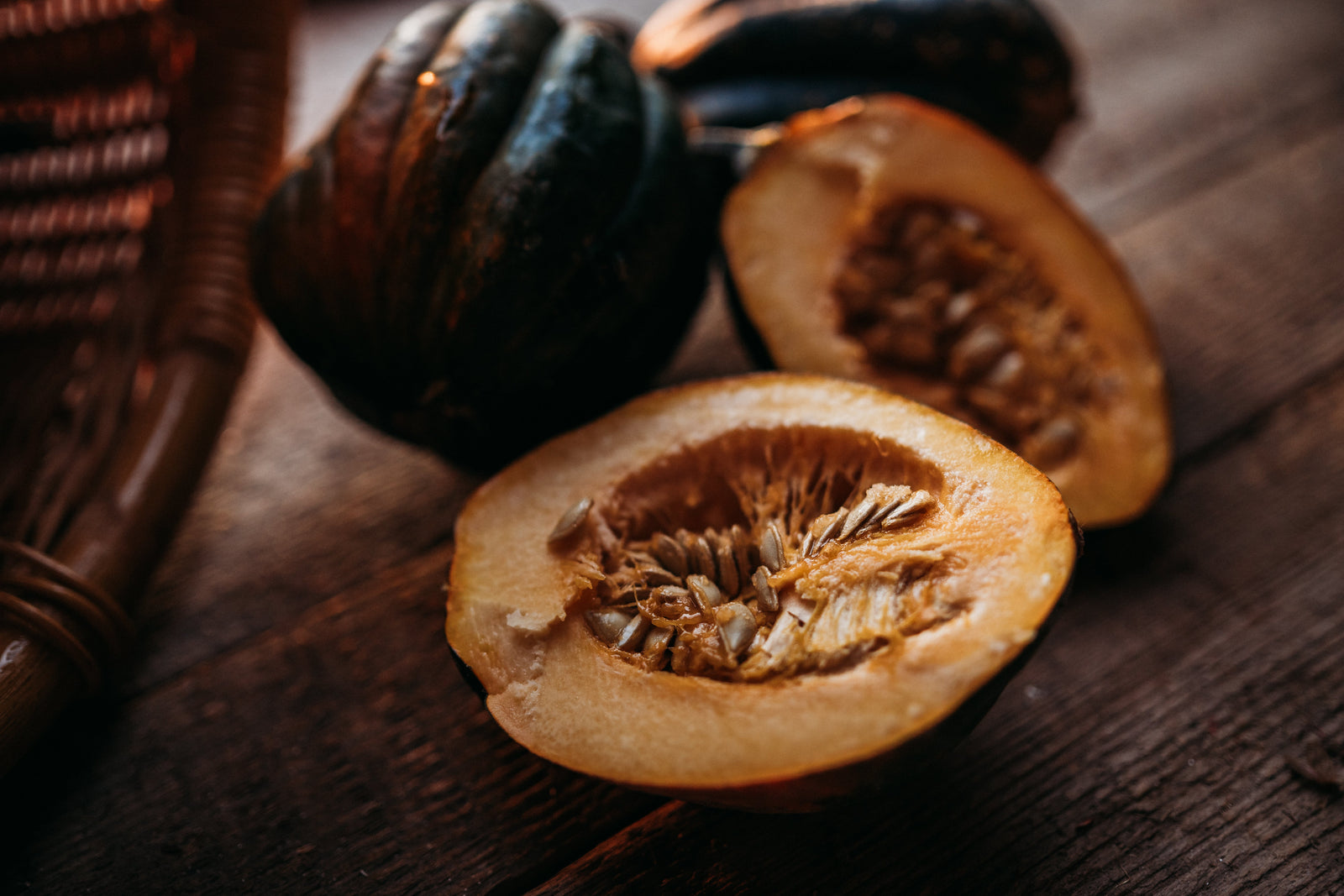When we first decided to move out of town and start our own homestead, one of the things that attracted us most was the possibility of increased self-reliance. We could raise a large garden, can our own vegetables—and of course, keep chickens. Should something happen, at least we'd have eggs to eat. But as those chicks grew, and our trips to the feed store became more frequent, a flaw in our plan was exposed: we'd have eggs to eat so long as we had food to give them.
That realization sent us looking for ways to close the loop. Could we grow more of what our flock needed right here on the farm? The short answer, we've learned, is yes. While most modern chickens do best with some supplementation, you can significantly cut down on purchased feed—or in some cases, eliminate it—by growing the right crops and giving your birds access to forage.
Crops to Consider When Growing Your Own Chicken Feed
The good news is, many of the best chicken feed crops are the same ones you might already be planting in your garden. A mix of grains, seeds, legumes, and greens can provide energy, protein, and variety—while keeping your flock entertained and busy.
Here are some of the crops we’ve found most useful for feeding chickens, either as a supplement or, in the right setup, as the bulk of their diet.

Sunflowers
Sunflowers are one of the easiest (and most rewarding) crops to grow for chickens. Not only do they thrive in most soils, but they also produce big, seed-packed heads that chickens love. Best of all, they come ready to serve. Once the heads are fully dry, I just cut them off and store them in a tote. Each day, I toss a few out and let the birds peck the seeds straight from the head. It’s simple, low-prep, and keeps the flock entertained as well as fed.
When it comes to productivity, our favorite sunflowers are the towering giants—varieties like Black Mammoth, Mongolian Giant, and Mammoth Grey Stripe. For flocks that benefit from extra energy, high-oil types such as Peredovik are an excellent choice, adding a natural boost of fat to their diet. And of course, it’s not always just about the birds—sometimes it’s fun (and rewarding) to grow colorful sunflowers like Velvet Queen or Chocolate Cherry. The chickens will love them all the same.

Sorghum
Sorghum is one of the most forgiving crops you can grow for chicken feed. It doesn’t demand rich soil, gets by on very little water, and still produces an impressive yield—often a quarter pound of seed per head, depending on the variety. Like sunflowers, the simplest way to feed it is to leave the seeds on the head and toss it straight to the flock. The chickens will happily strip it clean. If you prefer, you can also thresh the seed and store it in bags for a more convenient, ready-to-scoop ration.
Our favorite sorghum varieties include high-yielding grain types like Wheatland and White Popping, along with dual-purpose (syrup and grain) varieties such as Sugar Drip and Mennonite. Even broomcorn can serve as good feed—and if you’re already growing it for its primary use (making brooms), the seed is essentially a byproduct. Why not put the whole plant to work? Waste not, want not.

Corn
I’ll admit I’m partial to corn, having spent over a decade studying its genetics and breeding, but you don’t need to be an expert to grow it. Corn is remarkably easy to grow and adapts well to a wide range of soils. For chicken feed, field corn is a better choice than the sweet corn we’re used to eating at the table. Higher-protein varieties like Greenfield or Wapsi Valley will give your flock more nutritional value, while flint types such as Argentine Cateto Orange (known for its carotenoids that deepen yolk color) or Gehu Flint resist spoilage and are less attractive to rodents in storage. Remember, you are what you eat—so choosing corn with higher nutrition than standard #2 yellow can make a noticeable difference in your flock’s health, and ultimately, yours.

Millet
Most people haven’t grown millet before, but it’s far less intimidating than it sounds. In fact, millet is a staple crop in some of the most challenging regions of the world—throughout parts of Africa and Asia—because it thrives where other grains fail. It asks for very little fertility, even less water, and still produces generous yields of seed. The grains themselves are naturally “chicken-sized”—tiny, round, and perfect for pecking. Millet can be broadcast sown, harvested with simple hand tools, and stored easily, making it one of the most practical additions to a homegrown chicken ration.
Here on the farm, we grow our own variety of millet we call 'Pangea'. It came about by happy accident when we open-pollinated a mix of varieties from around the world. The result is a diverse blend with every type of inflorescence and a full spectrum of grain colors. It’s fun to grow—and as it happens, the chickens love it too.

Amaranth
Amaranth isn’t technically a grain—it’s a protein-rich pseudograin—but for chickens (and people), it functions much the same. What makes it so appealing is that it contains complete protein, including a significant amount of lysine in both the leaves and grain. It's also extremely productive. Depending on the variety, a single seed head can yield up to a pound of seed, making it one of the best crops for anyone looking to produce the maximum amount of feed in a minimal amount of space. Its tiny seeds are perfectly sized for chickens, and they can even be sprouted should you decide to try your hand at growing fodder for your flock.
My only word of caution on amaranth would be to not overdo it. Amaranth contains small amounts of anti-nutritional compounds that can interfere with nutrient absorption. It is safe, however, to include raw amaranth in layer or broiler diets so long as it comprises no more than 20% of the ration.
Our favorite varieties of amaranth include Kerala Red for its excellent seed yield and Hopi Red Dye for its multipurpose utility as a microgreen, grain, and natural dye. And just because they're pretty doesn't mean they're not useful. Ornamental varieties like Love-lies-bleeding and Green Tails will be appreciated by your chickens long after their beauty fades in the garden or landscape.

Safflower
This year was our first attempt at growing safflowers, and we were amazed by the beauty and productivity of this centuries-old herb. The plants stay relatively compact and produce a large flush of round, ball-shaped buds that burst open into a profusion of red-orange flowers. After a few weeks, they mature into seed heads containing white seeds that are a bit reminiscent of a small sunflower seed. We've only fed one batch to the chickens so far, but they seemed to like them. This probably should be no surprise since safflower seeds are a popular ingredient in wild bird food.

Legumes
Legumes are a great way to boost the protein content in your chickens’ diet—right alongside the grasshoppers and crickets they manage to catch while foraging. We’ve had the best luck with cowpeas and mung beans, which are both heavy yielders and relatively easy to grow. Soybeans are another option, and we offer varieties such as Midori Giant and Kuroshinju that could work well.
One thing to note is that all beans (and cowpeas) contain antinutritional compounds that can interfere with protein digestion if fed raw. Cooking, roasting, sprouting, or fermenting is necessary to make them digestible. While raw cowpeas can comprise up to 20% of a ration, feed efficiency will be reduced. But don't let this deter you. With a little preparation, beans can be one of the best ways to add homegrown protein to your flock’s diet.

Pumpkins
Several years ago, I reached out to a local pumpkin patch after Halloween, asking if I could buy their leftover pumpkins to supplement our hog ration. To my surprise, they told me I could take all I wanted. We ended up picking a few trailer loads worth—about 1,500 pounds—just days before I gave birth to our first child (hello, natural induction!).
Of course, the pigs loved them, but what surprised me most was how much the chickens devoured the scraps—pulp, seeds, and all. Pumpkin seeds are even reported to have natural deworming properties, making them an especially valuable seasonal treat for the flock. Kakai, the variety pictured above, produces hull-less seeds which presumably would be easier for the chickens to digest. I don't have data to back that up—just going on common sense here. My chickens haven't turned up their noses—err, beaks—at normal pumpkin seeds either.

Greens
No chicken garden is complete without greens. Beyond being a treat your flock will eagerly devour, leafy greens pack a nutritional punch—delivering essential vitamins like A, C, and K, along with minerals such as calcium, iron, and magnesium. These nutrients support everything from strong eggshells and healthy feathers to overall vitality, making greens a valuable addition to any diet.
When it comes to actually growing greens for chickens, fast growers like mustard, turnip, bok choy, and kale are some of the best choices. Lettuce works too, but it tends to grow more slowly and doesn’t produce nearly as much biomass. Kale, in particular, has become a favorite on our farm—not just for nutrition but also for entertainment. When we’re out of town, or when bad weather keeps the flock penned up, I’ll suspend a bunch of kale from the ceiling of the coop. It quickly turns into a game of chicken tetherball, keeping them occupied and helping prevent boredom-related pecking. Kale also earns points for being easy to grow and exceptionally cold-hardy; ours often lasts into December or even January, making it one of the most reliable greens for year-round use.

Veggie Scraps
Not every vegetable is worth handing over to the chickens (some are simply too much work or too tasty!), but scraps and surplus can still go a long way. We’ve found chickens are more than happy to clean up the extras, whether it’s seeds, rinds, or produce past its prime.
Seedy Crops
- Cantaloupes & Watermelons – Chickens devour the seeds and will peck the rinds down to papery shells.
- Cucumbers – Overripe yellow cucumbers are a favorite. Just stomp on them to expose the seeds and watch the frenzy.
- Peppers – The center of a bell pepper is an indulgence that chickens love. Seeds from spicier varieties have the added benefit of being a natural dewormer. If you find yourself with soft or spoiled red peppers, chop them roughly and toss them out. They'll produce an egg with a rich, red-orange yolk.
Fleshy Crops & Other Scraps
- Cherry Tomatoes – When plants overproduce, give them a shake to drop the extras and let the chickens feast.
- Pumpkin & Squash Scraps – Chickens relish the pulp and seeds.
- Carrot Peels – A simple kitchen scrap they’ll happily polish off.
- Bolted Greens – Lettuce, spinach, or other greens gone past their prime still make a good treat.
Sharing scraps not only reduces waste but also gives chickens variety in their diet—something they thrive on.

Closing Thoughts
Growing part (or even most) of your chickens’ feed doesn’t have to be complicated. Start small—sunflowers by the coop, a patch of millet, or a row of kale—and you’ll quickly see how much your flock appreciates the homegrown variety. Beyond saving money and trips to the feed store, these crops give your birds the chance to forage, scratch, and stay busy—just as nature intended.
The beauty of this approach is that it scales with your goals. Maybe you just want to supplement with a few garden extras, or maybe you’re aiming to cut out commercial feed as much as possible. Either way, every step toward producing your own chicken feed builds resilience, self-reliance, and a deeper connection to your land.
And if you’d like to dig deeper into the nutrition side of things, Clemson University offers a feed ingredient calculator that shows the protein, energy, and mineral content of many of the crops listed here. It’s a helpful tool if you’d like to experiment with formulating a complete ration from homegrown ingredients.
What about you? Have you tried growing feed for your flock? Share your favorite crops—or any tips you’ve learned—down in the comments.






